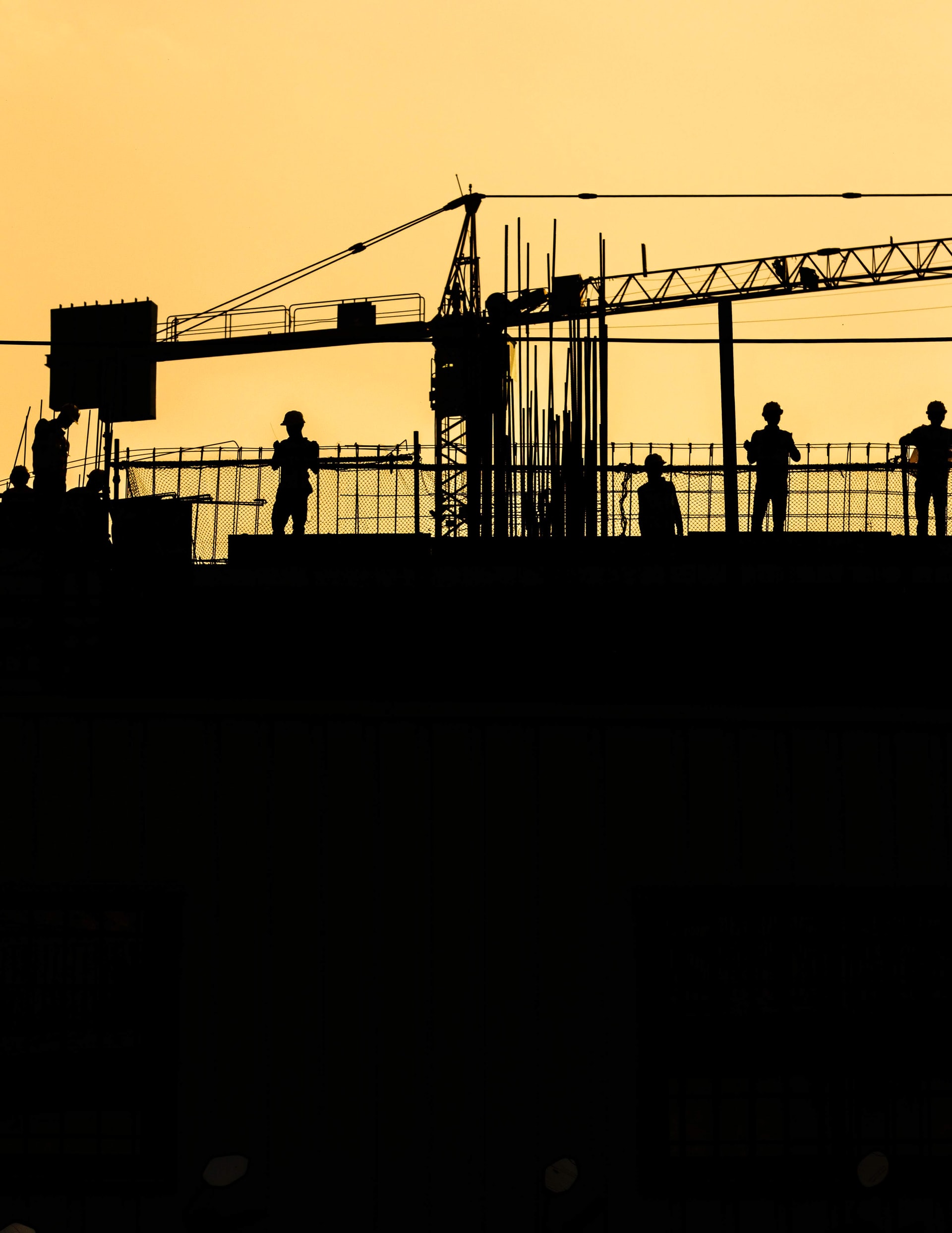Many employees have been unable to return to work or have had to alter their daily working practices due to the global COVID-19 pandemic. However, most states have considered construction to be essential and most employees have continued to work.
As numbers of cases are continuing to increase around the country and more information is released regarding the spread of the virus, construction workers could be at risk of contraction of coronavirus.
According to the CDC, COVID-19 is most commonly spread from person to person, particularly if they are less than six feet away from each other. On a construction site, people are often in close proximity to each other. Additionally, they are touching numerous surfaces which are rarely cleaned.
In fact, it is estimated that 60% of construction workers are at high risk for contracting COVID-19 due to Jobsite risk and related factors (such as health issues).
Construction is certainly necessary – and the millions of people who work in the field must be able to work safely during the pandemic. So, how can construction workers and their employers ensure that everyone stays safe and healthy?
1. Know the Difference between High and Low Caution Tasks
There is no need for construction workers to feel like they are entering a cesspool of germs when they go to work. However, there are certain tasks which could put a person more at risk of catching the virus than others – and additional precautions should be taken.
According to OSHA, lower risk job tasks that require less caution would include jobs where employees come into little contact with others and maybe spaced six or more feet apart. Thankfully, most construction work tasks do not put people at an extremely high risk of exposure. However, the risk can increase when employees are working in smaller, enclosed areas where they’re in closer proximity to others.
OSHA recommends employers install controls and specific policies to create a safer working environment, such as:
- Installing plastic barriers for protection such as sneeze guards.
- Providing PPE (personal protective equipment) like N95 masks and gloves for all workers.
- Only having the required number of essential workers on-site at any given time and sending home non-essential employees once their tasks are complete.
Employees should also be aware of how they can keep themselves protected on higher risk tasks by maintaining safe distances, washing their hands frequently, and disposing of used gloves properly.
2. Require Deep Cleaning on Gear
While the CDC has not determined exactly how long COVID-19 can survive on different hard surfaces, they do recommend that materials like metal, glass, plastic, or wood is sanitized frequently to kill the virus on contact. On a typical construction site, many surfaces are touched by multiple people and not cleaned after use.
It is important that everything from hammers and screwdrivers to lifting accessories in rigging is properly cleaned to create a more sanitary environment. For smaller items or flat surfaces like tables, cleaning sprays or disinfecting wipes will do the trick. For larger equipment, deep cleaning after each use may be necessary.
Construction workers should try to use their own equipment (if possible) and avoid sharing tools with one another.
3. Hold Employers Accountable
OSHA has created guidelines for employers to follow in response to COVID-19 precautions, which recommend:
- Requiring employees to wear face masks at all times
- Providing handwashing stations or hand sanitizer
- Allowing employees to stay home if they have any symptoms
- Checking temperatures upon arrival
- Establishing flexible work policies (more sick days, telecommuting when possible)
While all businesses should be following these guidelines to a tee, some people may try to cut corners if they think these new guidelines will slow down production or cost money. Therefore, it is important for construction workers to hold leaders accountable and bring forth any concerns to supervisors if people are not following precautions or there are not safe guards in place for their protection.
In the near future, businesses could even face legal ramifications if they do not comply with COVID-19 regulations. It is best to take these concerns directly to a supervisor or manager right away so the issue can be resolved in a timely manner.
4. Keep Yourself Healthy at Work and at Home
Workplace safety doesn’t just happen at the jobsite. It is important that all construction workers are staying safe, even when they are off the clock.
All PPE equipment worn at work (such as face masks and gloves) should be properly disposed of before returning home so germs are not spread from that location. Workers should take precaution with their clothes and shoes to keep them properly cleaned, too.
It is also recommended that people avoid public transportation and even carpooling to reduce contact with other people.
In all this chaos, construction workers cannot forget to take care of their mental health and wellbeing. This global pandemic has added additional stress and anxiety to the entire population and the changes to our daily lives is highly prevalent in the workplace. Sadly, the number of people experiencing anxiety and depression has risen due to COVID-19.
Construction workers can benefit from implementing mindfulness practices into their wellness routines. This can help to reduce stress and burnout – as well as keep them mentally healthy.
Conclusion
Things have changed pretty quickly over the course of just a few months – and no one can say when things will return to the way it was before.
Construction companies need to do their part to safely adjust to the “new normal” by implementing safe practices for workers to follow. This can help to keep these essential employees safe and healthy as they continue to work through the pandemic.


